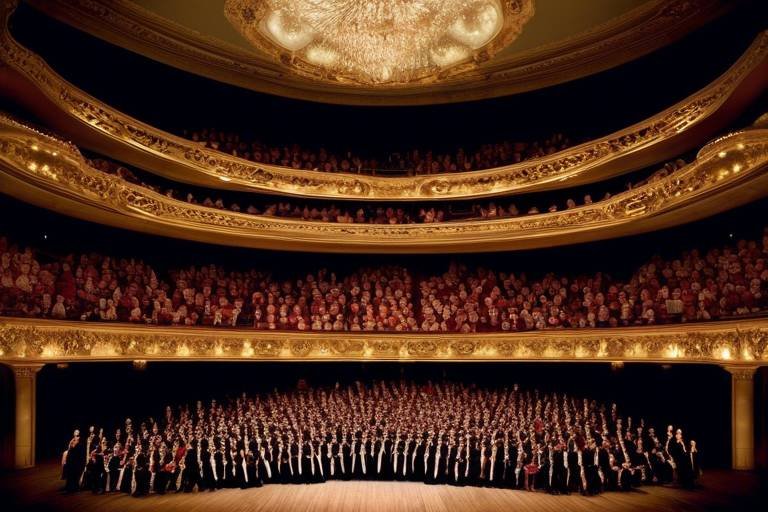Art and Architecture of the Ancient Romans
The ancient Romans were pioneers in the world of art and architecture, leaving behind a legacy that continues to awe and inspire to this day. Their artistic achievements reflected not only their technical skill but also their cultural values and societal aspirations. From grand architectural marvels to intricate mosaics and expressive paintings, the Romans excelled in various artistic forms, shaping the aesthetic landscape of their time.
One of the most notable aspects of Roman art is their sculptural prowess. Roman sculptors were adept at capturing the human form with remarkable realism and attention to detail. Whether depicting mythological figures or historical personalities, Roman sculptures exuded a sense of idealism and beauty that transcended time.
Architecturally, the Romans were unmatched in their construction of monumental structures that stood as testaments to their engineering ingenuity. The Colosseum, the Pantheon, and the aqueducts are just a few examples of their architectural marvels that continue to amaze visitors with their grandeur and sophistication.
Not limited to just sculptures and buildings, Roman artistry extended to vibrant mosaics and frescoes that adorned walls and floors. These decorative elements not only added aesthetic value to spaces but also served as storytelling mediums, depicting scenes from daily life, mythology, and history.
Public spaces in ancient Rome were adorned with statues, columns, and triumphal arches, serving as symbols of power and prestige for the ruling elite. These monuments celebrated military victories, honored emperors, and reinforced the authority of the Roman state through visual propaganda.
Religious architecture in ancient Rome was designed to evoke a sense of awe and reverence, with temples, basilicas, and religious complexes showcasing intricate architectural details and grandeur. The architectural elements such as columns, pediments, and domes were used to create sacred spaces that reflected the piety and devotion of the Roman people.
The Romans were also known for their innovative urban planning and infrastructure development. Their well-planned cities, complete with roads, bridges, and public baths, showcased a harmonious blend of functionality and beauty. Forums, theaters, and temples were central to Roman city planning, creating vibrant urban centers that facilitated social interaction and commerce.
The influence of Roman art and architecture on Western culture cannot be overstated. Their artistic innovations and architectural achievements have left an indelible mark on the artistic landscape of the modern world, inspiring generations of artists, architects, and historians to continue exploring and reinterpreting the rich cultural heritage of the ancient Romans.
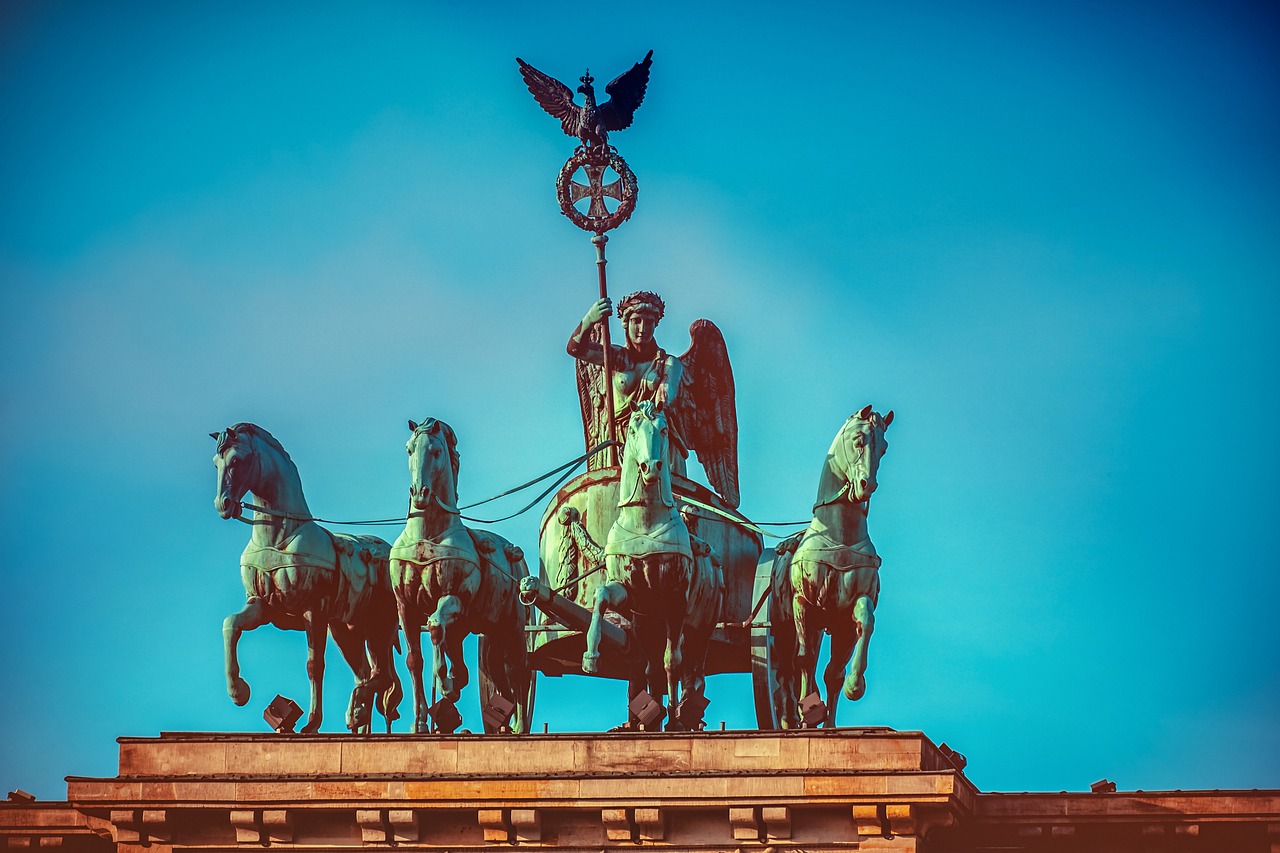
Roman Sculpture
The ancient Romans left a lasting legacy through their remarkable art and architectural achievements. Their works reflect innovation, grandeur, and a deep appreciation for aesthetics. Explore the rich cultural heritage of the Roman civilization in this article.
Roman sculpture is characterized by realism, idealism, and attention to detail. From lifelike portraits to mythological figures, Roman sculptors excelled in capturing the human form with exquisite precision.
The art of Roman sculpture was a blend of influences from Greek and Etruscan traditions, evolving into a distinct style that emphasized naturalism and emotional expression. Sculptors like Phidias and Praxiteles set the foundation for Roman artists to depict the human body with grace and realism.
Marble and bronze were the primary materials used in Roman sculpture, allowing for intricate details and lifelike textures to be captured in statues and reliefs. The Romans also incorporated realistic drapery and intricate hairstyles in their sculptures, adding to the overall sense of realism.
One of the most famous examples of Roman sculpture is the statue of Augustus of Prima Porta, a marble depiction of the first Roman emperor that showcases the idealized features and symbolic imagery typical of Roman imperial portraiture.
Through their sculptures, the ancient Romans not only celebrated the human form but also conveyed narratives of mythology, history, and power. Each sculpture was a masterpiece that told a story and evoked emotions, showcasing the artistic prowess of Roman sculptors.
The legacy of Roman sculpture continues to inspire artists and art enthusiasts around the world, serving as a testament to the skill and creativity of ancient Roman craftsmen.
Q: What materials did Roman sculptors use?
A: Roman sculptors primarily used marble and bronze for their creations, allowing for intricate details and lifelike textures.
Q: What themes were commonly depicted in Roman sculptures?
A: Roman sculptures often depicted mythological figures, historical events, and portraits of emperors and important individuals.
Q: How did Roman sculpture influence later art movements?
A: The realism and attention to detail in Roman sculpture served as a foundation for later artistic movements, influencing Renaissance and Neoclassical artists.
Q: What are some famous examples of Roman sculpture?
A: Examples of famous Roman sculptures include the Laocoön and His Sons, the Farnese Hercules, and the Capitoline Wolf.
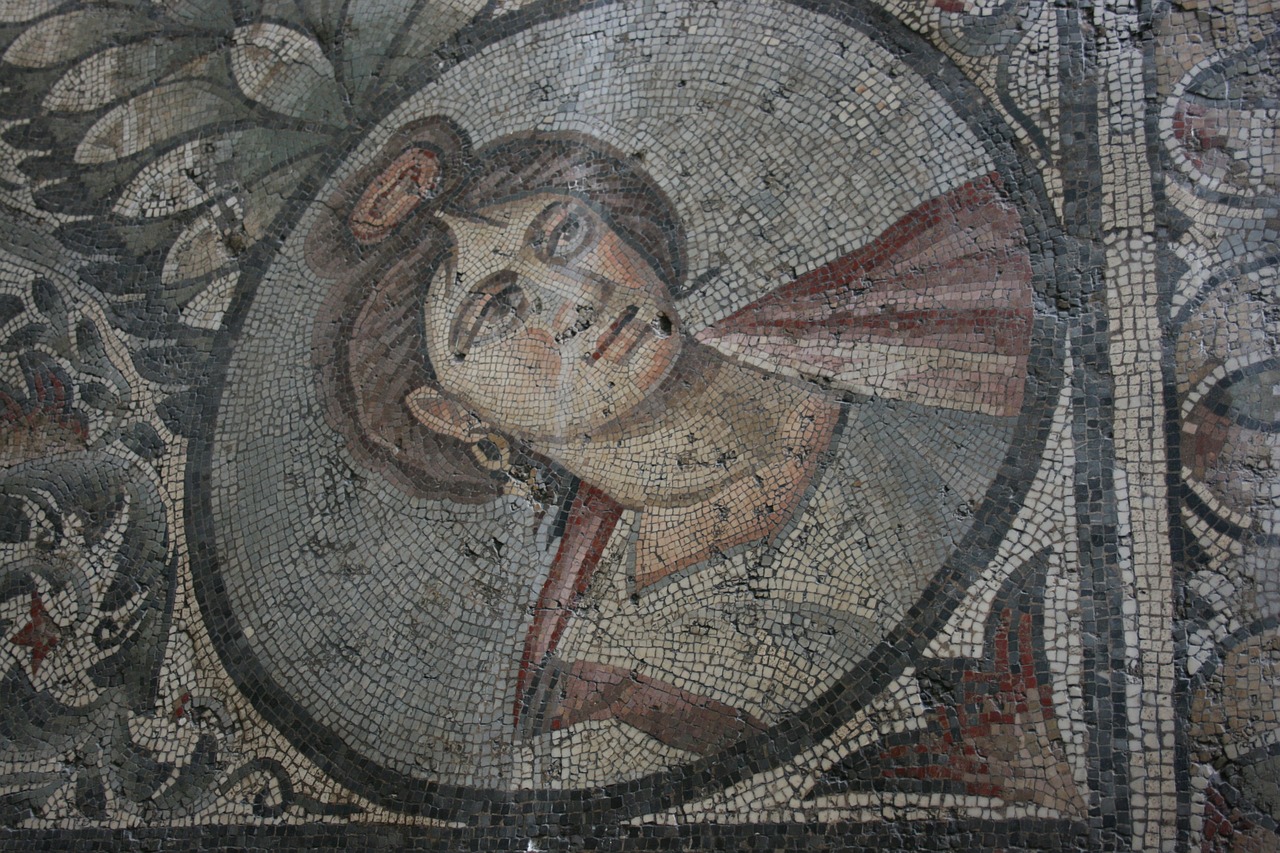
Architectural Marvels
Roman architecture stands as a testament to the ingenuity and vision of the ancient Romans. The architectural marvels of this civilization continue to awe and inspire observers centuries later. The Colosseum, a colossal amphitheater in Rome, is a prime example of Roman engineering prowess. This iconic structure once hosted gladiatorial contests and grand spectacles, showcasing the grandeur and entertainment culture of ancient Rome.
The Pantheon, another architectural gem, is renowned for its magnificent dome and innovative design. Serving as a temple to the Roman gods, the Pantheon's architectural symmetry and precision are a reflection of the Romans' dedication to harmonious proportions and aesthetic beauty. The aqueducts, a network of elevated water channels, demonstrate the Romans' mastery of hydraulic engineering and their ability to supply water to cities and towns across their vast empire.

Mosaics and Frescoes
The ancient Romans left a lasting legacy through their remarkable art and architectural achievements. Their works reflect innovation, grandeur, and a deep appreciation for aesthetics. Explore the rich cultural heritage of the Roman civilization in this article.
Roman sculpture is characterized by realism, idealism, and attention to detail. From lifelike portraits to mythological figures, Roman sculptors excelled in capturing the human form with exquisite precision.
Roman architecture is renowned for its monumental structures such as the Colosseum, Pantheon, and aqueducts. These engineering feats showcase the Romans' mastery of construction techniques and their ability to create enduring landmarks.
Roman artistry extended to intricate mosaics and vibrant frescoes that adorned walls and floors. These decorative elements not only added beauty to spaces but also conveyed stories, myths, and daily life scenes.
Public spaces in ancient Rome were adorned with statues, columns, and triumphal arches celebrating military victories and honoring emperors. These monuments served as symbols of power and propaganda for the Roman elite.
Roman painters utilized a variety of techniques to create colorful and expressive artworks. From wall paintings in villas to decorative panels in tombs, Roman painting reflected a blend of influences from Greek, Egyptian, and Etruscan art.
Roman temples, basilicas, and religious complexes were designed to inspire awe and reverence. The architectural elements, such as columns, pediments, and domes, were used to create sacred spaces that reflected the piety of the Roman people.
The Romans were pioneers in urban planning, constructing roads, bridges, and public baths that facilitated communication and commerce. Their cities were organized around forums, theaters, and temples, showcasing a harmonious blend of functionality and beauty.
The art and architecture of the ancient Romans have had a profound impact on Western art and culture. Their artistic innovations and architectural achievements continue to inspire artists, architects, and historians to this day, shaping the artistic landscape of the modern world.
Q: How did Roman mosaics and frescoes contribute to the storytelling of that era?
A: Roman mosaics and frescoes were not merely decorative but served as visual narratives depicting historical events, mythological tales, and scenes from everyday life, enriching the cultural tapestry of ancient Rome.
Q: What materials were commonly used in creating Roman mosaics?
A: Roman mosaics were crafted using small colored stones, glass pieces (tesserae), and sometimes precious metals to create intricate patterns and detailed designs that adorned floors and walls of Roman buildings.
Q: How were Roman frescoes preserved over time?
A: Roman frescoes were painted on wet plaster, allowing the colors to seep into the surface and become part of the wall itself. This technique, known as fresco painting, contributed to the longevity and durability of these artworks.
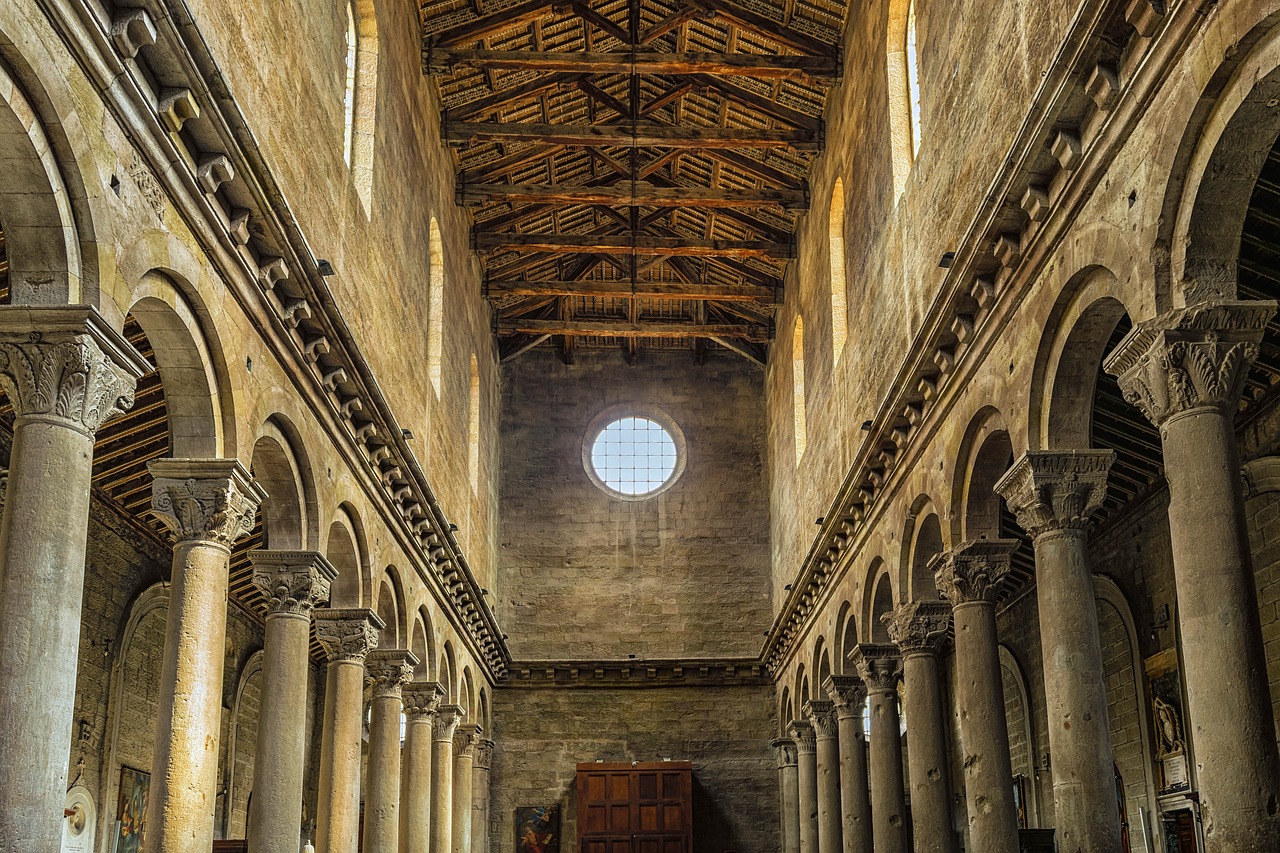
Public Art and Monuments
The ancient Romans left a lasting legacy through their remarkable art and architectural achievements. Their works reflect innovation, grandeur, and a deep appreciation for aesthetics. Explore the rich cultural heritage of the Roman civilization in this article.
Roman sculpture is characterized by realism, idealism, and attention to detail. From lifelike portraits to mythological figures, Roman sculptors excelled in capturing the human form with exquisite precision.
Roman architecture is renowned for its monumental structures such as the Colosseum, Pantheon, and aqueducts. These engineering feats showcase the Romans' mastery of construction techniques and their ability to create enduring landmarks.
Roman artistry extended to intricate mosaics and vibrant frescoes that adorned walls and floors. These decorative elements not only added beauty to spaces but also conveyed stories, myths, and daily life scenes.
Public spaces in ancient Rome were adorned with statues, columns, and triumphal arches celebrating military victories and honoring emperors. These monuments served as symbols of power and propaganda for the Roman elite.
Roman painters utilized a variety of techniques to create colorful and expressive artworks. From wall paintings in villas to decorative panels in tombs, Roman painting reflected a blend of influences from Greek, Egyptian, and Etruscan art.
Roman temples, basilicas, and religious complexes were designed to inspire awe and reverence. The architectural elements, such as columns, pediments, and domes, were used to create sacred spaces that reflected the piety of the Roman people.
The Romans were pioneers in urban planning, constructing roads, bridges, and public baths that facilitated communication and commerce. Their cities were organized around forums, theaters, and temples, showcasing a harmonious blend of functionality and beauty.
The art and architecture of the ancient Romans have had a profound impact on Western art and culture. Their artistic innovations and architectural achievements continue to inspire artists, architects, and historians to this day, shaping the artistic landscape of the modern world.
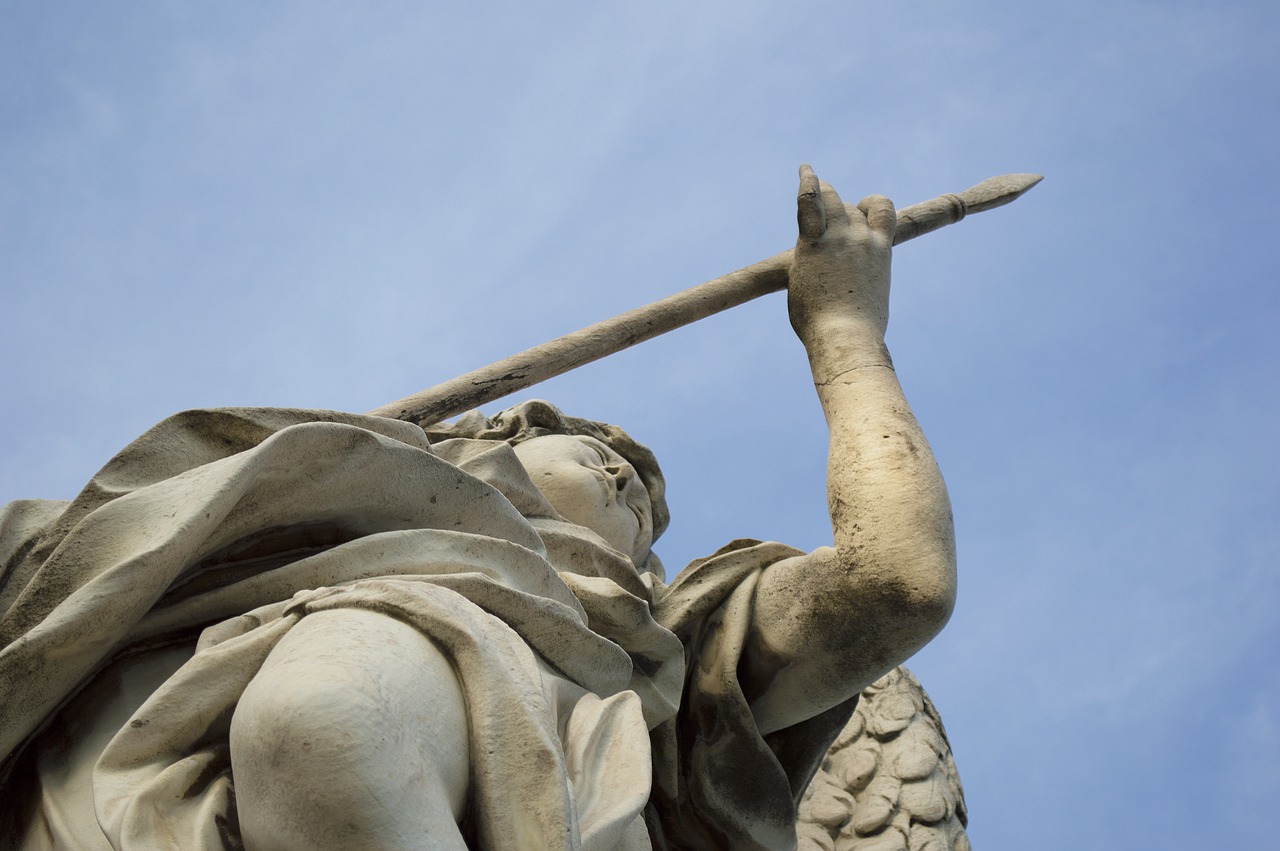
Roman Painting
The ancient Romans left a lasting legacy through their remarkable art and architectural achievements. Their works reflect innovation, grandeur, and a deep appreciation for aesthetics. Explore the rich cultural heritage of the Roman civilization in this article.
Roman sculpture is characterized by realism, idealism, and attention to detail. From lifelike portraits to mythological figures, Roman sculptors excelled in capturing the human form with exquisite precision.
Roman architecture is renowned for its monumental structures such as the Colosseum, Pantheon, and aqueducts. These engineering feats showcase the Romans' mastery of construction techniques and their ability to create enduring landmarks.
Roman artistry extended to intricate mosaics and vibrant frescoes that adorned walls and floors. These decorative elements not only added beauty to spaces but also conveyed stories, myths, and daily life scenes.
Public spaces in ancient Rome were adorned with statues, columns, and triumphal arches celebrating military victories and honoring emperors. These monuments served as symbols of power and propaganda for the Roman elite.
Roman painters utilized a variety of techniques to create colorful and expressive artworks. From wall paintings in villas to decorative panels in tombs, Roman painting reflected a blend of influences from Greek, Egyptian, and Etruscan art.
Roman temples, basilicas, and religious complexes were designed to inspire awe and reverence. The architectural elements, such as columns, pediments, and domes, were used to create sacred spaces that reflected the piety of the Roman people.
The Romans were pioneers in urban planning, constructing roads, bridges, and public baths that facilitated communication and commerce. Their cities were organized around forums, theaters, and temples, showcasing a harmonious blend of functionality and beauty.
The art and architecture of the ancient Romans have had a profound impact on Western art and culture. Their artistic innovations and architectural achievements continue to inspire artists, architects, and historians to this day, shaping the artistic landscape of the modern world.
Q: How did Roman painting differ from Greek art?
A: Roman painting incorporated elements from various cultures, creating a unique style that blended influences from Greek, Egyptian, and Etruscan art.
Q: What materials were commonly used in Roman frescoes?
A: Roman frescoes were typically painted on wet plaster using mineral pigments, creating vibrant and long-lasting colors.
Q: How did Roman architecture influence modern building design?
A: Roman architectural techniques such as arches, domes, and concrete construction have been adopted and adapted in modern architecture, shaping contemporary building practices.

Religious Architecture
Roman religious architecture was a testament to the spiritual beliefs and practices of the ancient Romans. Temples dedicated to various gods and goddesses were constructed with meticulous attention to detail and symbolism. The architectural elements used, such as columns, pediments, and friezes, were not only decorative but also held religious significance.
One of the most iconic examples of Roman religious architecture is the Pantheon, a temple dedicated to all the gods. Its massive dome, supported by a series of columns, is a marvel of engineering and design. The oculus at the top of the dome allowed natural light to enter the temple, symbolizing the presence of the divine.
Another significant religious structure is the Temple of Jupiter Optimus Maximus, located on the Capitoline Hill in Rome. This temple was dedicated to the king of the gods, Jupiter, and was a focal point of religious ceremonies and rituals. The grandeur of the temple reflected the importance of Jupiter in the Roman pantheon.
Roman religious complexes, such as the Sanctuary of Fortuna Primigenia in Palestrina, showcased intricate architectural features and elaborate decorations. These complexes served as centers of worship and pilgrimage, attracting devotees from far and wide.
The design of Roman religious architecture aimed to evoke a sense of awe and reverence in worshippers. The use of monumental columns, imposing facades, and sacred spaces created an atmosphere conducive to spiritual contemplation and ritual observance.
Overall, Roman religious architecture not only reflected the religious beliefs of the ancient Romans but also demonstrated their architectural prowess and artistic sensibilities. These sacred structures continue to inspire awe and admiration, serving as a link to the spiritual heritage of the Roman civilization.
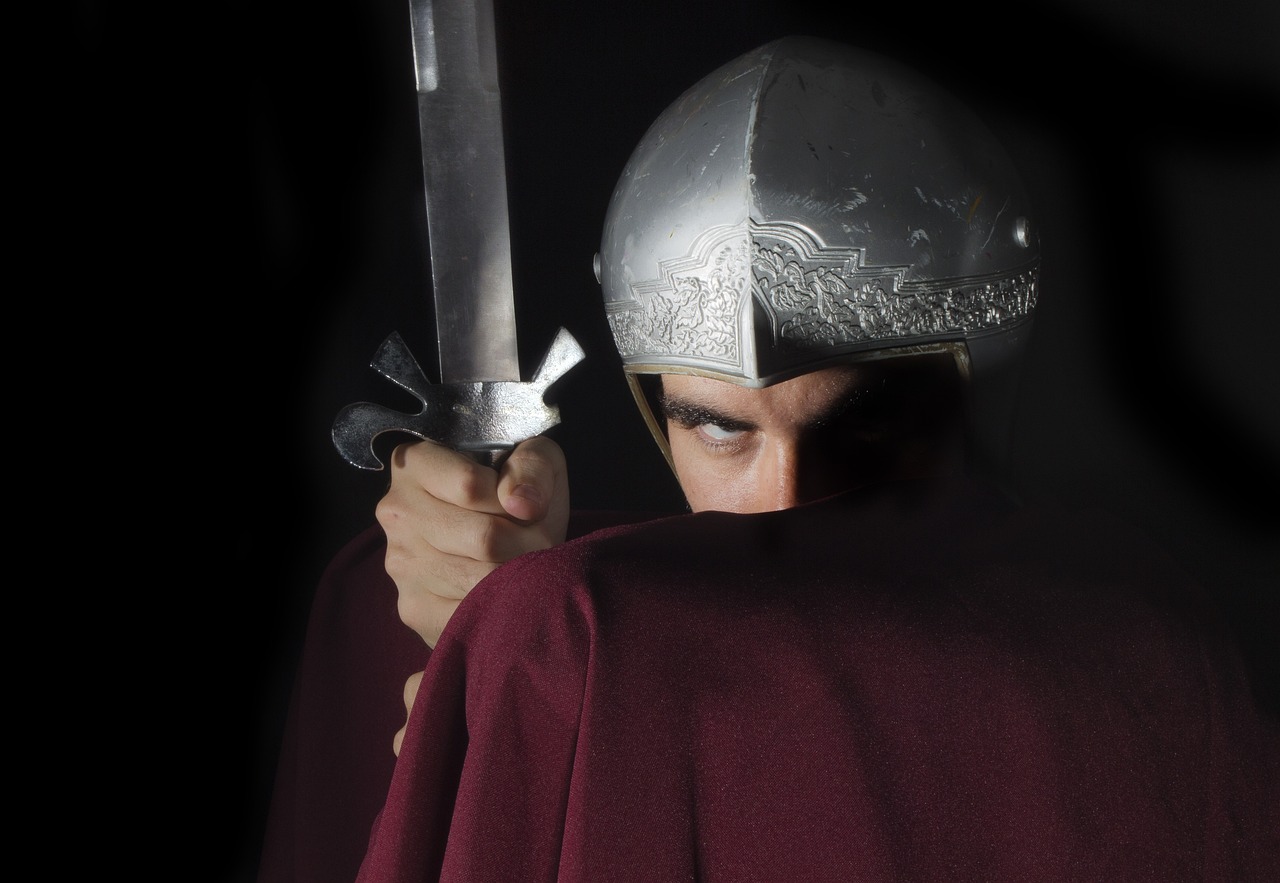
Urban Planning and Infrastructure
The ancient Romans left a lasting legacy through their remarkable art and architectural achievements. Their works reflect innovation, grandeur, and a deep appreciation for aesthetics. Explore the rich cultural heritage of the Roman civilization in this article.
Roman sculpture is characterized by realism, idealism, and attention to detail. From lifelike portraits to mythological figures, Roman sculptors excelled in capturing the human form with exquisite precision.
Roman architecture is renowned for its monumental structures such as the Colosseum, Pantheon, and aqueducts. These engineering feats showcase the Romans' mastery of construction techniques and their ability to create enduring landmarks.
Roman artistry extended to intricate mosaics and vibrant frescoes that adorned walls and floors. These decorative elements not only added beauty to spaces but also conveyed stories, myths, and daily life scenes.
Public spaces in ancient Rome were adorned with statues, columns, and triumphal arches celebrating military victories and honoring emperors. These monuments served as symbols of power and propaganda for the Roman elite.
Roman painters utilized a variety of techniques to create colorful and expressive artworks. From wall paintings in villas to decorative panels in tombs, Roman painting reflected a blend of influences from Greek, Egyptian, and Etruscan art.
Roman temples, basilicas, and religious complexes were designed to inspire awe and reverence. The architectural elements, such as columns, pediments, and domes, were used to create sacred spaces that reflected the piety of the Roman people.
The Romans were pioneers in urban planning, constructing roads, bridges, and public baths that facilitated communication and commerce. Their cities were organized around forums, theaters, and temples, showcasing a harmonious blend of functionality and beauty.
The art and architecture of the ancient Romans have had a profound impact on Western art and culture. Their artistic innovations and architectural achievements continue to inspire artists, architects, and historians to this day, shaping the artistic landscape of the modern world.
Q: How did Roman art differ from Greek art?
A: While Greek art focused on idealized forms and harmony, Roman art emphasized realism and individuality.
Q: What materials did Roman artists commonly use?
A: Roman artists worked with materials such as marble, bronze, and terracotta for sculptures, and pigments on plaster for paintings.
Q: How did Roman architecture influence modern building design?
A: Roman architectural techniques, such as the use of arches and domes, have been incorporated into modern building practices.

Influence on Western Art
The ancient Romans left a lasting legacy through their remarkable art and architectural achievements. Their works reflect innovation, grandeur, and a deep appreciation for aesthetics. Explore the rich cultural heritage of the Roman civilization in this article.
Roman sculpture is characterized by realism, idealism, and attention to detail. From lifelike portraits to mythological figures, Roman sculptors excelled in capturing the human form with exquisite precision.
Roman architecture is renowned for its monumental structures such as the Colosseum, Pantheon, and aqueducts. These engineering feats showcase the Romans' mastery of construction techniques and their ability to create enduring landmarks.
Roman artistry extended to intricate mosaics and vibrant frescoes that adorned walls and floors. These decorative elements not only added beauty to spaces but also conveyed stories, myths, and daily life scenes.
Public spaces in ancient Rome were adorned with statues, columns, and triumphal arches celebrating military victories and honoring emperors. These monuments served as symbols of power and propaganda for the Roman elite.
Roman painters utilized a variety of techniques to create colorful and expressive artworks. From wall paintings in villas to decorative panels in tombs, Roman painting reflected a blend of influences from Greek, Egyptian, and Etruscan art.
Roman temples, basilicas, and religious complexes were designed to inspire awe and reverence. The architectural elements, such as columns, pediments, and domes, were used to create sacred spaces that reflected the piety of the Roman people.
The Romans were pioneers in urban planning, constructing roads, bridges, and public baths that facilitated communication and commerce. Their cities were organized around forums, theaters, and temples, showcasing a harmonious blend of functionality and beauty.
The art and architecture of the ancient Romans have had a profound impact on Western art and culture. Their artistic innovations and architectural achievements continue to inspire artists, architects, and historians to this day, shaping the artistic landscape of the modern world.
Frequently Asked Questions
- What are some key characteristics of Roman sculpture?
Roman sculpture is known for its realism, idealism, and meticulous attention to detail. Sculptors excelled in capturing the human form with precision, creating lifelike portraits and mythological figures.
- Which architectural marvels are the most famous examples of Roman engineering?
The Colosseum, Pantheon, and aqueducts are renowned examples of Roman architectural prowess. These monumental structures showcase the Romans' mastery of construction techniques and enduring legacy in engineering.
- How did Roman art utilize mosaics and frescoes?
Roman artistry extended to intricate mosaics and vibrant frescoes that adorned walls and floors. These decorative elements not only added beauty to spaces but also conveyed stories, myths, and daily life scenes.
- What role did public art and monuments play in ancient Rome?
Public spaces in ancient Rome were adorned with statues, columns, and triumphal arches celebrating military victories and honoring emperors. These monuments served as symbols of power and propaganda for the Roman elite.
- How did Roman painting reflect a blend of artistic influences?
Roman painters incorporated influences from Greek, Egyptian, and Etruscan art to create colorful and expressive artworks. From wall paintings in villas to decorative panels in tombs, Roman painting showcased a rich artistic heritage.
- What characterized Roman religious architecture and its impact?
Roman religious architecture, including temples and basilicas, aimed to inspire awe and reverence. The architectural elements like columns and domes created sacred spaces reflecting Roman piety. Their influence on Western art and culture remains profound.
- How did the Romans contribute to urban planning and infrastructure development?
The Romans were pioneers in urban planning, constructing roads, bridges, and public baths that facilitated communication and commerce. Their cities were organized around forums, theaters, and temples, showcasing a harmonious blend of functionality and beauty.
- What is the lasting influence of Roman art and architecture on Western culture?
The art and architecture of the ancient Romans have profoundly impacted Western art and culture. Their innovations continue to inspire artists, architects, and historians, shaping the artistic landscape of the modern world.





